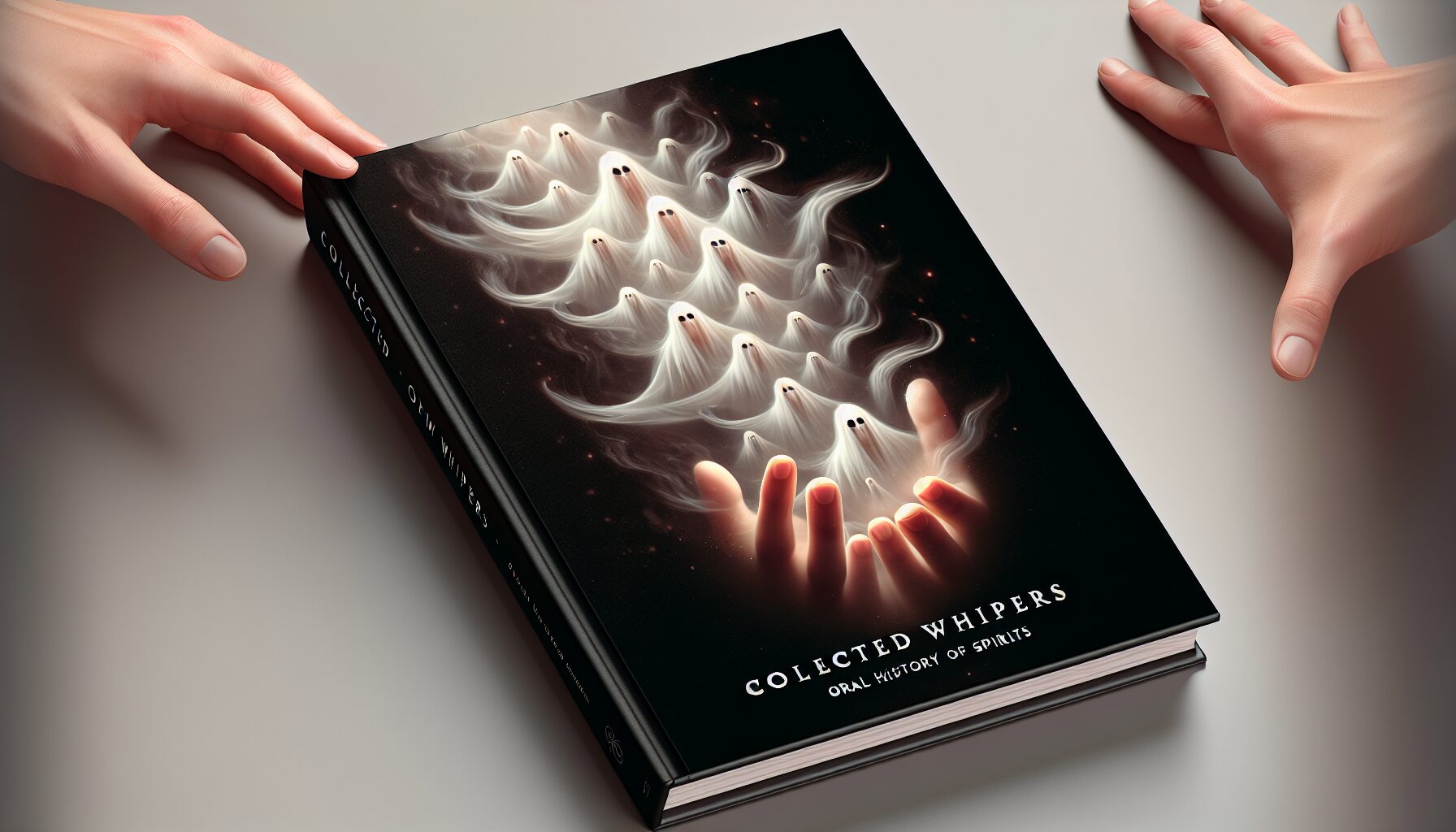The fascination with spirits and the mystical conversations that bridge the earthly with the ethereal is as old as humanity itself. Across cultures and epochs, oral histories have preserved these ghostly encounters, gifting us a tapestry of experiences that defy the ordinary.
Spiritual Conversations Across Cultures
Spirits have been woven into the very fabric of cultural tales and communal memories, each narrative adding depth to our understanding of life and the afterlife.
-
Asian Traditions: In many parts of Asia, particularly in China and Japan, spirits—often referred to as yurei or gui—are considered both protectors and tricksters. Familial spirits offer guidance to descendants, ensuring the continuity of lineage and providing wisdom from the beyond.
“To forget one’s ancestors is to be a brook without a source, a tree without a root.” –Chinese Proverb
- Indigenous Narratives: Among the Native American tribes, spirits often serve as teachers. Storytellers share tales of the spirits of animals, mountains, and rivers, all seen as integral to understanding the web of life. These stories act as moral compasses and rites of passage for the living.
-
European Ghostly Lore: In European folklore, the ghost is often a restless soul seeking closure, depicted poignantly in Shakespeare’s “Hamlet” where the ghost of King Hamlet demands justice.
“There are more things in heaven and earth, Horatio, than are dreamt of in your philosophy.” – William Shakespeare, Hamlet
Oral Histories and Their Significance
Oral histories have been the lifeblood of preserving ghost stories, transmitting them from one generation to the next. Each storyteller imbues their tale with personal emotion, ensuring each retelling is as unique as the individuals involved.
The Storyteller’s Role
The storyteller is the communicator of the ethereal, bridging the gap between the living and the spectral. Through carefully crafted narratives, they offer listeners a lens into another realm, one that is personal and yet universal.
“Storytelling reveals meaning without committing the error of defining it.” – Hannah Arendt
A storyteller invites listeners into a world where logic sometimes stands aside, allowing them to confront and explore their own beliefs and fears regarding existence and what lies beyond.
Documenting the Supernatural: Challenges and Perspectives
Recording oral histories about spirits poses unique challenges, as these accounts often defy empirical categorization. Scholars, folklorists, and anthropologists must weave through a myriad of personal interpretations, cultural nuances, and the evolving nature of the stories themselves.
The Fragility of Memory
Oral histories are subject to the perils of memory, where each recounting can alter details and shift narratives. This fragility, however, adds layers to the stories, imbuing them with deeper meaning and perspective. Each version, though different, resonates with a universal truth about human nature and our quest to understand the unknown.
The Role of Spirits in Modern Society
Despite rapid technological advancement, the presence of spirits in contemporary society remains palpable. Shows dedicated to paranormal investigations captivate audiences, while spiritual retreats offer solace to those seeking connection beyond the material world.
Reconnecting with Ancestral Roots
In a world increasingly detached from its roots, stories of spirits can serve as a necessary lifeline to ancestral cultures and histories. They remind communities of their past, perpetuating traditions and honoring the memories of those who came before.
A renewed interest in genealogy and personal history has only heightened the relevance of such tales, offering individuals a chance to integrate their past with their present.
The Eternal Whisper
The oral history of spirits continues to echo across the ages, captivating the human imagination. Though methods of communication have evolved, the foundational narratives and the spirits contained within them remain unchanged—part of the eternal whisper that lingers in the spaces between our world and the next.
These collected whispers remind us of our shared human experiences, urging us to listen not only to the stories themselves but to the silence that surrounds them. In this silence, we find the stories untold and the spirits yet unnamed, waiting patiently for their echoes to ripple through time and space.

